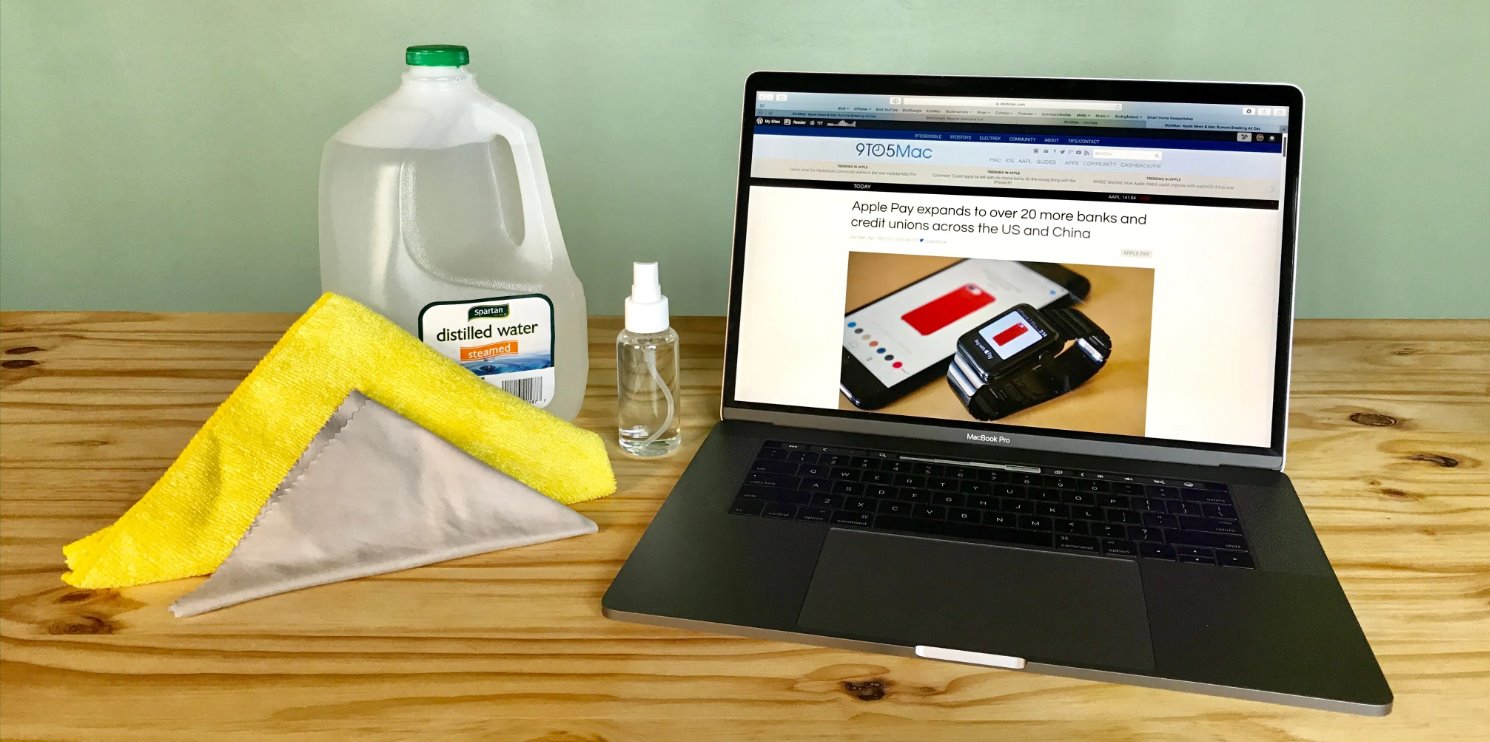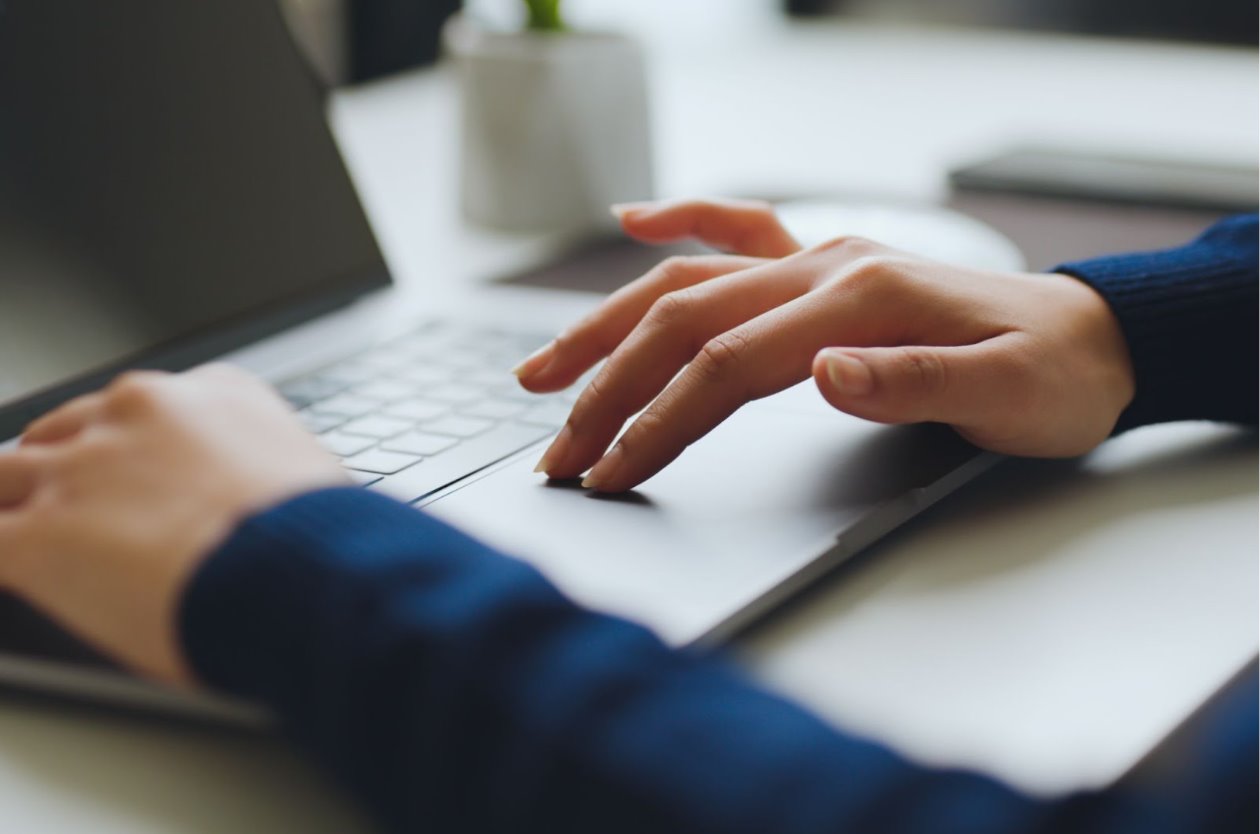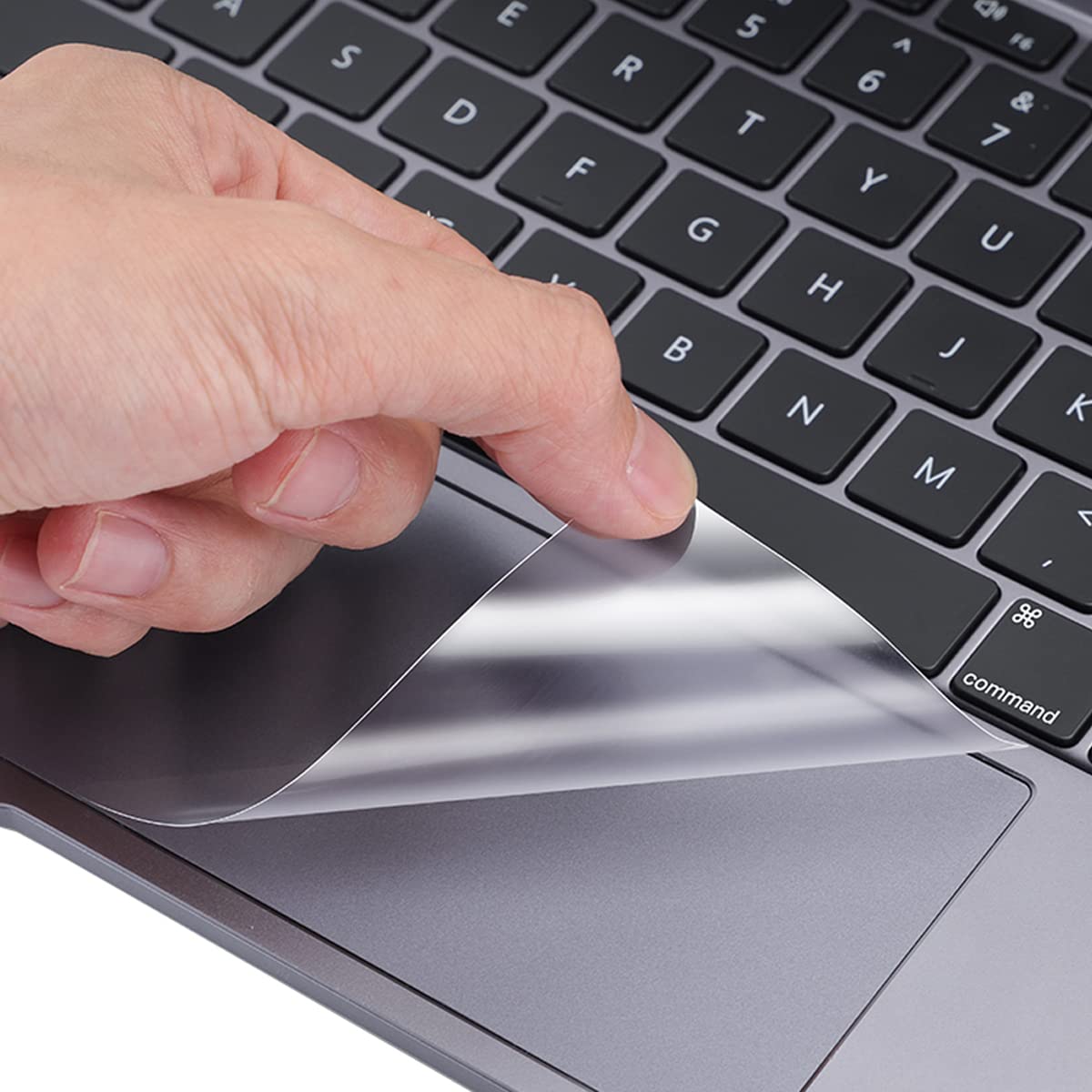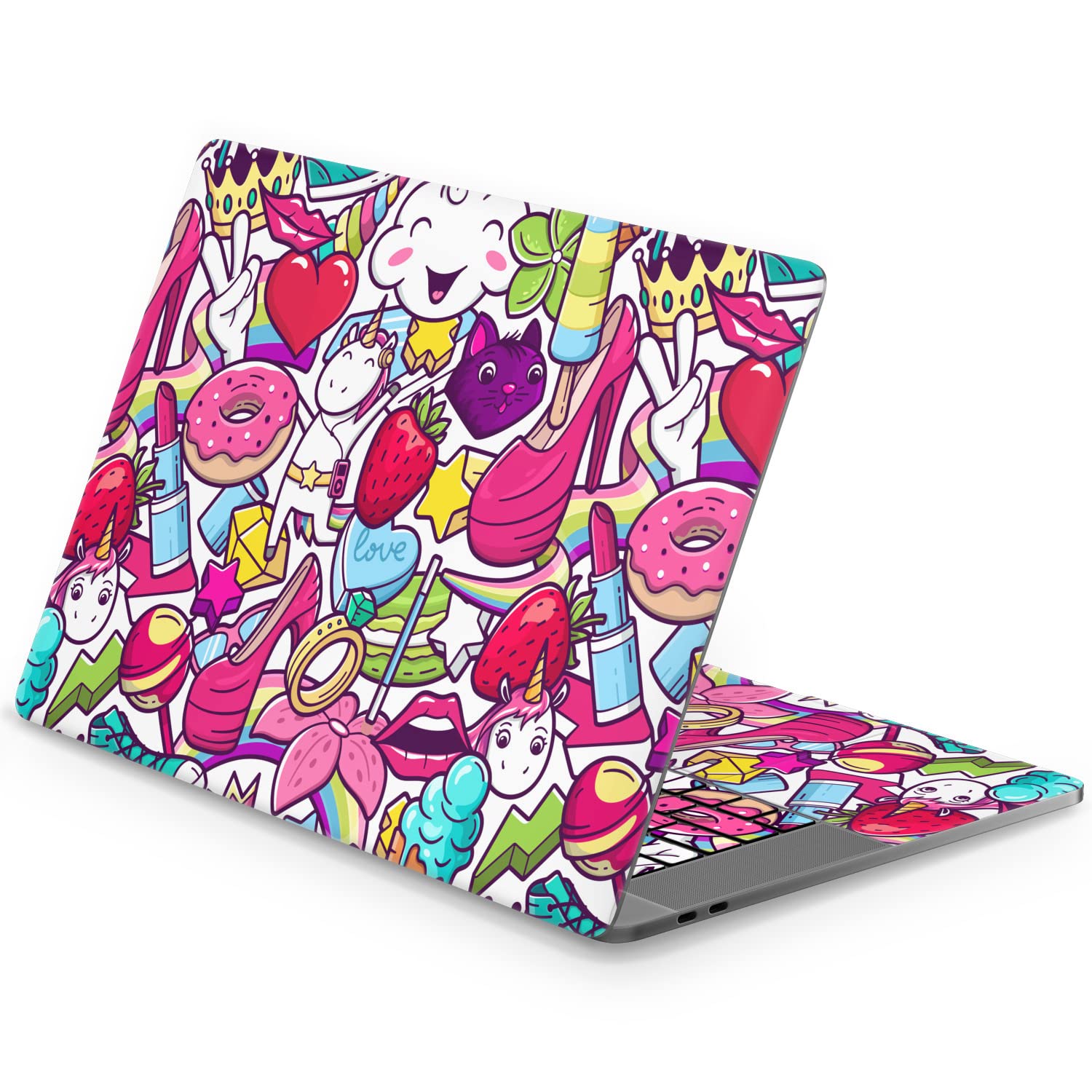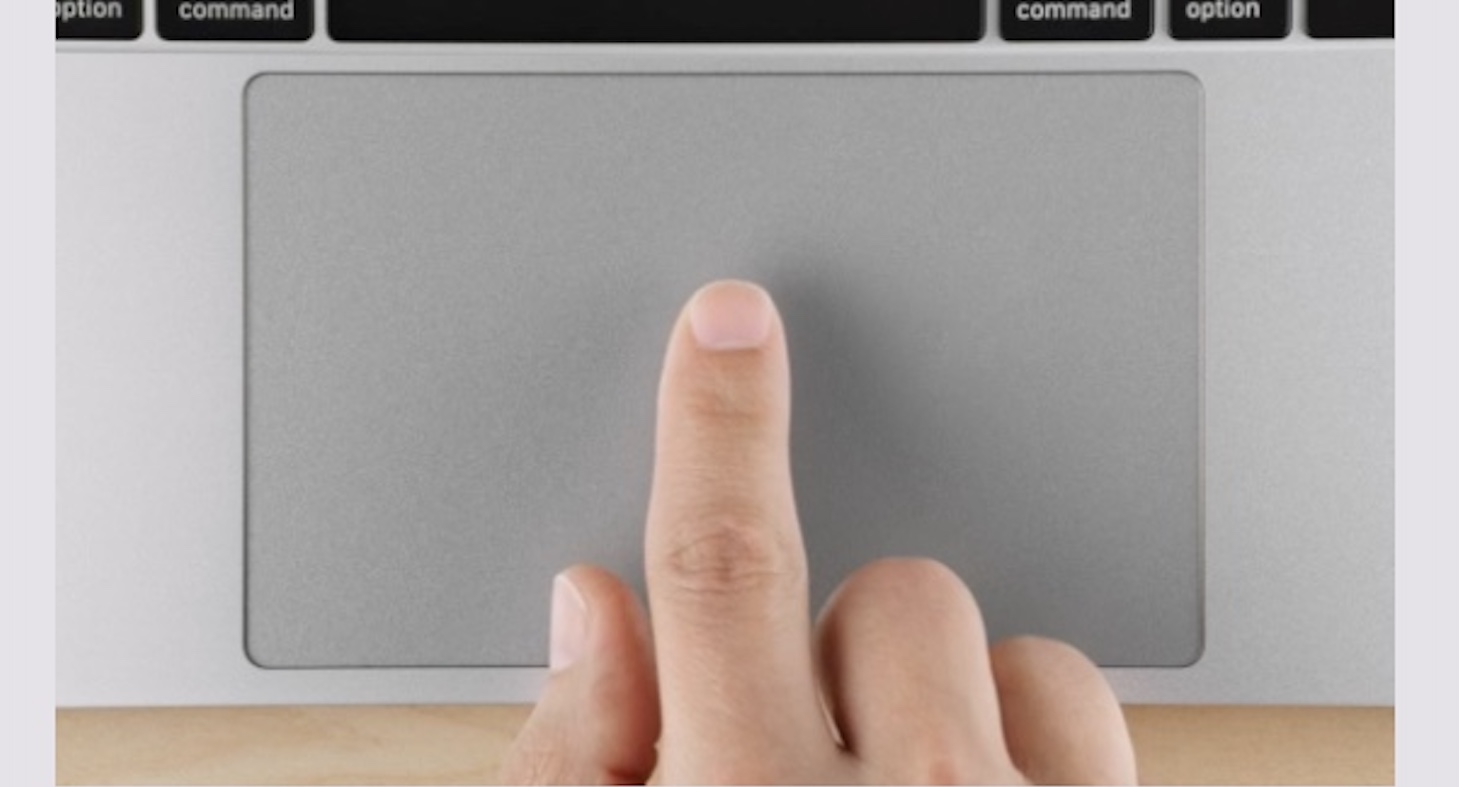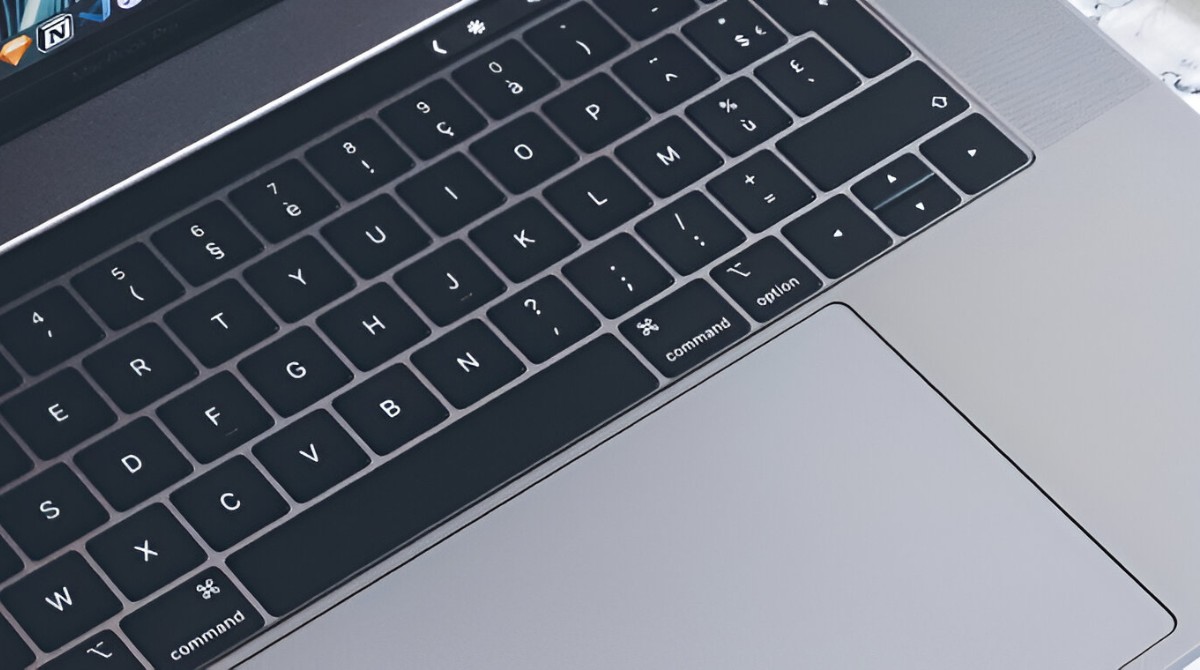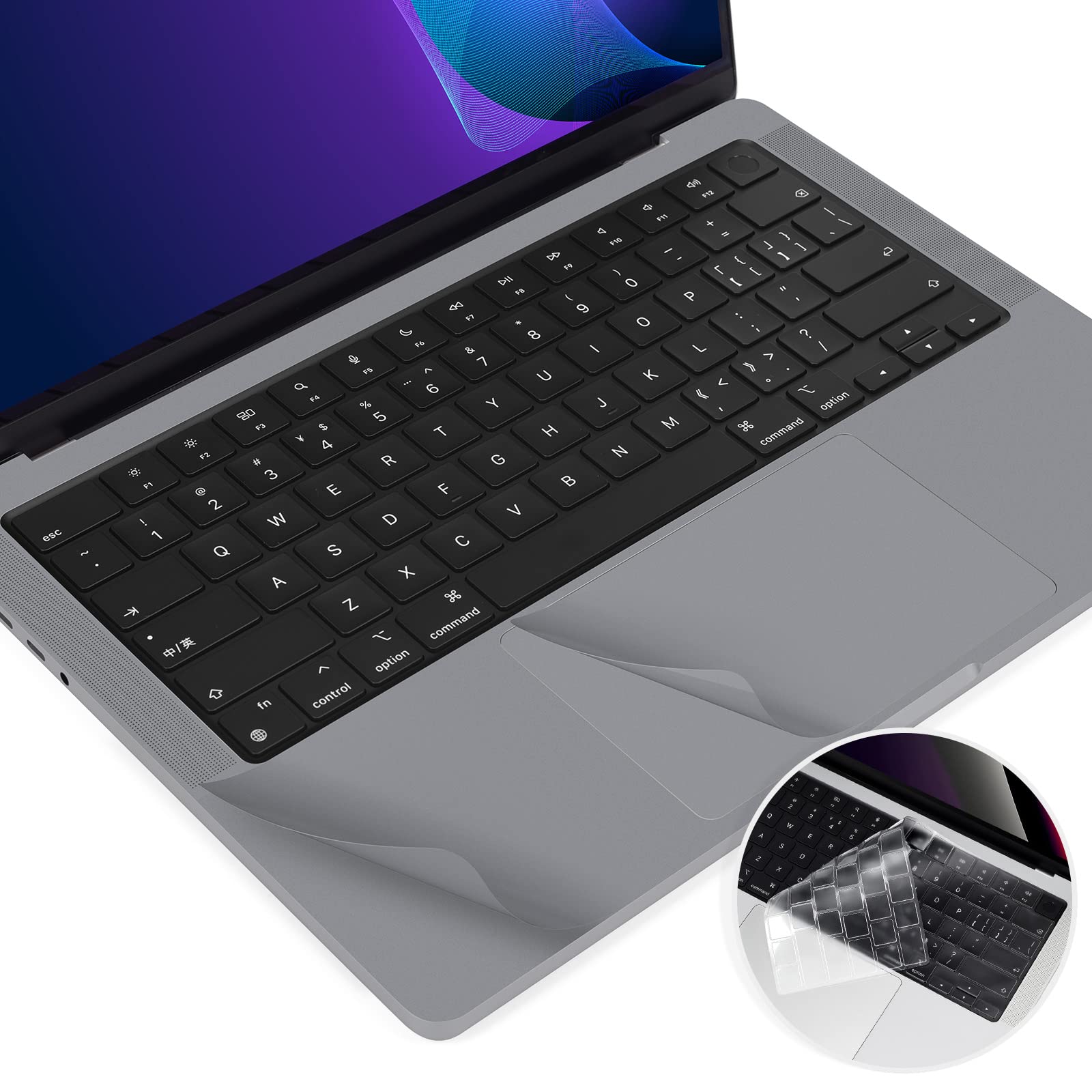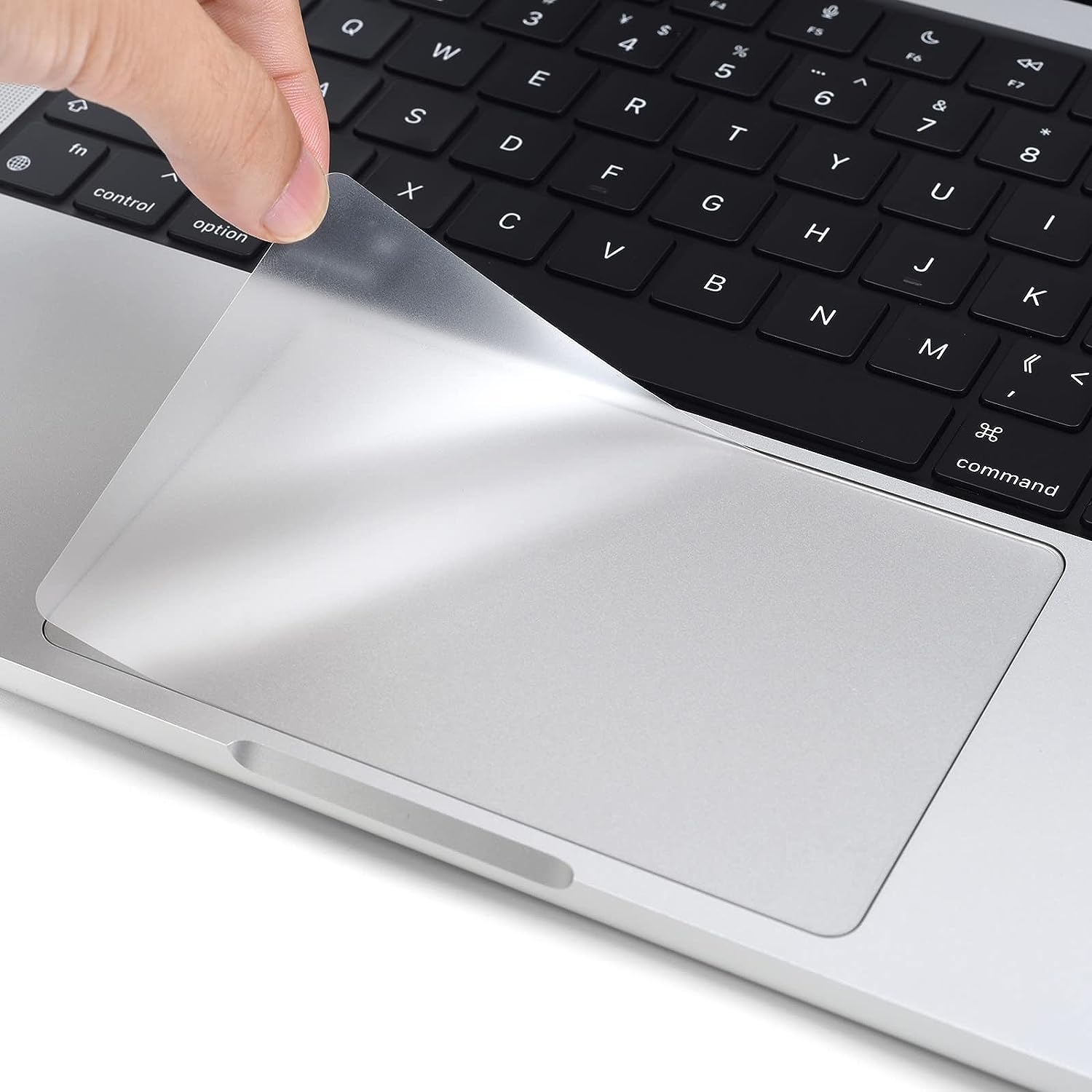Why should you clean your trackpad?
Your trackpad is an essential component of your MacBook, allowing you to navigate through applications, scroll through web pages, and perform various gestures. Over time, the trackpad can accumulate dirt, grease, and other debris, which can affect its functionality and responsiveness. Regularly cleaning your trackpad not only keeps it looking pristine but also ensures optimal performance. Here are a few reasons why you should make cleaning your trackpad a priority:
- Improved sensitivity and accuracy: A dirty trackpad can hinder its sensitivity, leading to inaccurate movements or gestures. By cleaning the trackpad, you can restore its responsiveness and ensure precise input recognition.
- Prevention of tracking issues: Dust and grime on the trackpad surface can interfere with the tracking mechanism, causing the cursor to jump or move erratically. Cleaning removes any obstructions and helps maintain smooth tracking.
- Enhanced user experience: When using your MacBook, a clean trackpad provides a more pleasant and comfortable experience. It eliminates the unpleasant sensation of stickiness or drag that can occur with a dirty surface.
- Prevention of hardware damage: Accumulated debris on the trackpad can potentially enter into the internal components, leading to damage or malfunction. Regular cleaning helps prevent any long-term deterioration of the trackpad and extends its lifespan.
- Hygiene and cleanliness: Trackpads can harbor bacteria and germs due to frequent touch. Keeping your trackpad clean not only helps prevent the spread of germs but also promotes a hygienic workspace.
- Professional appearance: If you use your MacBook for work or professional purposes, maintaining a clean trackpad adds to your overall professionalism and attention to detail.
Taking the time to clean your trackpad regularly not only ensures optimal performance but also contributes to a more pleasant and hygienic user experience. Now that you understand the importance of trackpad cleaning, let’s move on to the necessary tools and the step-by-step guide to clean your trackpad effectively.
Necessary tools for cleaning your trackpad
Before you begin cleaning your trackpad, it’s essential to gather the appropriate tools to ensure a thorough and safe cleaning process. Here are the necessary tools you’ll need:
- Microfiber cloth: A soft, lint-free microfiber cloth is ideal for cleaning the trackpad surface. It effectively captures dust, smudges, and fingerprints without scratching the delicate surface.
- Isopropyl alcohol: Isopropyl alcohol, with a concentration of at least 70%, is an excellent cleaning agent for removing stubborn grime and grease from the trackpad. Note that excessive use of alcohol can damage the trackpad, so use it sparingly.
- Cotton swabs: Cotton swabs are useful for cleaning hard-to-reach areas around the edges of the trackpad. Dip the swab in isopropyl alcohol and gently remove any dirt or residue.
- Compressed air: A can of compressed air can be used to blow away loose debris from the trackpad surface and the gaps between the trackpad and the surrounding area.
- Unplugged MacBook: It’s important to ensure that your MacBook is unplugged and powered off during the cleaning process. This prevents accidental clicks or movements while cleaning and reduces the risk of damage.
Having these tools on hand will make the cleaning process more efficient and effective. With the right tools ready, let’s move on to the step-by-step guide to clean your trackpad correctly.
Step-by-step guide to clean your trackpad
Now that you have the necessary tools, let’s dive into the step-by-step process of cleaning your trackpad:
- Power off your MacBook: Before you start cleaning, make sure your MacBook is turned off and unplugged. This ensures your safety and prevents any accidental input during the cleaning process.
- Gently wipe the trackpad surface: Take your microfiber cloth and gently wipe the trackpad surface in a circular motion. This will remove any loose debris, fingerprints, or smudges. Avoid applying excessive pressure to prevent damaging the trackpad.
- Dampen the cloth: Moisten the microfiber cloth with a small amount of isopropyl alcohol. Ensure the cloth is damp, not soaked or dripping.
- Clean the trackpad surface: Use the dampened cloth to clean the trackpad surface using gentle, circular motions. Pay extra attention to any stubborn stains or grime. Avoid getting excess liquid into the trackpad as it can cause damage. If needed, use cotton swabs dipped in isopropyl alcohol to clean the edges of the trackpad.
- Blow away debris: Use the compressed air can to blow away any remaining debris or dust from the trackpad surface and the surrounding area. Hold the can upright and use short bursts to avoid excessive pressure or temperature changes.
- Allow the trackpad to dry: Give the trackpad a few moments to air dry before powering on your MacBook. This ensures that any remaining moisture evaporates completely.
- Power on your MacBook: Once the trackpad is dry, plug in your MacBook and power it on. Test the trackpad to ensure it’s working correctly and that gestures and movements are smooth and responsive.
Following these steps will help you clean your trackpad effectively and maintain its optimal performance. Now that you know how to clean your trackpad, let’s move on to some tips and precautions to keep in mind during the cleaning process.
Tips and precautions for trackpad cleaning
While cleaning your trackpad, it’s important to keep the following tips and precautions in mind to ensure a safe and successful cleaning process:
- Avoid using excessive moisture: When using isopropyl alcohol or any other cleaning solution, make sure the cloth is damp and not soaking wet. Excessive moisture can seep into the trackpad and cause damage.
- Use gentle pressure: Apply light, gentle pressure while cleaning the trackpad surface. Using too much force can scratch or damage the trackpad, affecting its functionality.
- Avoid using abrasive materials: Do not use rough or abrasive materials like paper towels or harsh cleaning brushes, as they can scratch the trackpad surface.
- Keep liquids away from the trackpad: Avoid spilling liquids directly onto the trackpad or using excessive liquid during the cleaning process. Liquids can damage the internal components of the trackpad.
- Allow proper drying time: After cleaning the trackpad, make sure it is completely dry before powering on your MacBook. Turning on the device with a wet trackpad can cause electrical malfunctions.
- Regular maintenance: To prevent excessive dirt buildup, aim to clean your trackpad regularly. Depending on usage, a monthly or quarterly cleaning schedule is recommended.
- Seek professional help if needed: If you encounter any difficulties or technical issues during the cleaning process, it’s best to seek assistance from an authorized service provider or Apple Genius Bar.
By following these tips and precautions, you can ensure a safe and effective trackpad cleaning process without risking any damage to your MacBook. Cleaning your trackpad regularly will keep it in optimal condition and provide you with a seamless user experience. In the next section, we will discuss common trackpad issues and how to troubleshoot them.
Troubleshooting common trackpad issues
While cleaning your trackpad can help improve its performance, sometimes you may encounter issues that require troubleshooting. Here are some common trackpad problems and their potential solutions:
1. Unresponsiveness: If your trackpad is unresponsive or does not register any gestures or movements, try the following steps:
- Restart your MacBook and check if the issue persists.
- Ensure that your MacBook’s software is up to date by installing the latest macOS updates.
- Check the trackpad settings in System Preferences to ensure the correct settings are enabled.
- Reset the System Management Controller (SMC) on your MacBook. Instructions for performing an SMC reset can be found on Apple’s support website.
2. Cursor jumping or erratic movement: If the cursor on your screen jumps or moves erratically, try the following solutions:
- Clean the trackpad surface to remove any debris that may be interfering with the tracking mechanism.
- Adjust the tracking speed in the trackpad settings to find a comfortable and accurate setting.
- Disable any third-party software or applications that may be conflicting with the trackpad’s functionality.
- If all else fails, consider contacting Apple support or visiting an Apple store for further assistance.
3. Sticking or noisy trackpad: If your trackpad feels sticky or makes unusual clicking noises, try these troubleshooting steps:
- Detach the trackpad from the MacBook and gently clean the trackpad and the area around it to remove any dirt or debris.
- Inspect the trackpad for any visible damage or signs of wear. If necessary, consult Apple support or a professional technician for repair options.
- Ensure that the trackpad is properly seated in its position on the MacBook, as loose connections can cause sticking or noise issues.
If these troubleshooting steps do not resolve your trackpad issues, it’s recommended to seek assistance from a professional or contact Apple support for further guidance. Remember to always have your MacBook and trackpad serviced by authorized technicians to avoid voiding any warranty.
Now that we’ve covered some common trackpad issues and their troubleshooting solutions, let’s wrap up this guide by summarizing the key points.
Conclusion
Cleaning your trackpad is essential for maintaining its performance and prolonging its lifespan. Regular maintenance not only improves sensitivity and accuracy but also enhances your overall user experience. By following the step-by-step guide outlined in this article, you can effectively clean your trackpad and avoid common issues such as unresponsiveness, erratic movement, and sticking. Remember to gather the necessary tools, use gentle pressure, and allow proper drying time to ensure safe and effective cleaning.
In addition to regular cleaning, implementing the recommended tips and precautions will help you maintain a clean and functional trackpad. Avoid using excessive moisture, abrasive materials, and direct liquid contact, as these can cause damage to your trackpad. Remember to seek professional help if needed, especially for more complex issues or repairs.
By taking care of your trackpad, you not only ensure its optimal performance but also contribute to a hygienic workspace and a professional appearance. So, make trackpad cleaning a regular part of your MacBook maintenance routine, and enjoy a seamless and effortless navigation experience for years to come.







